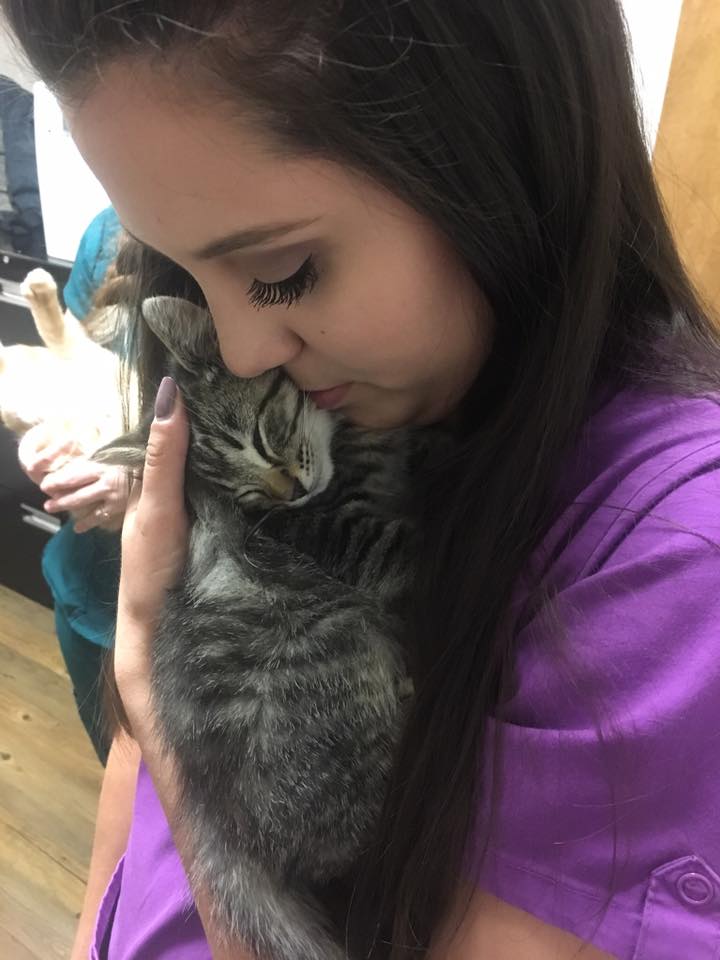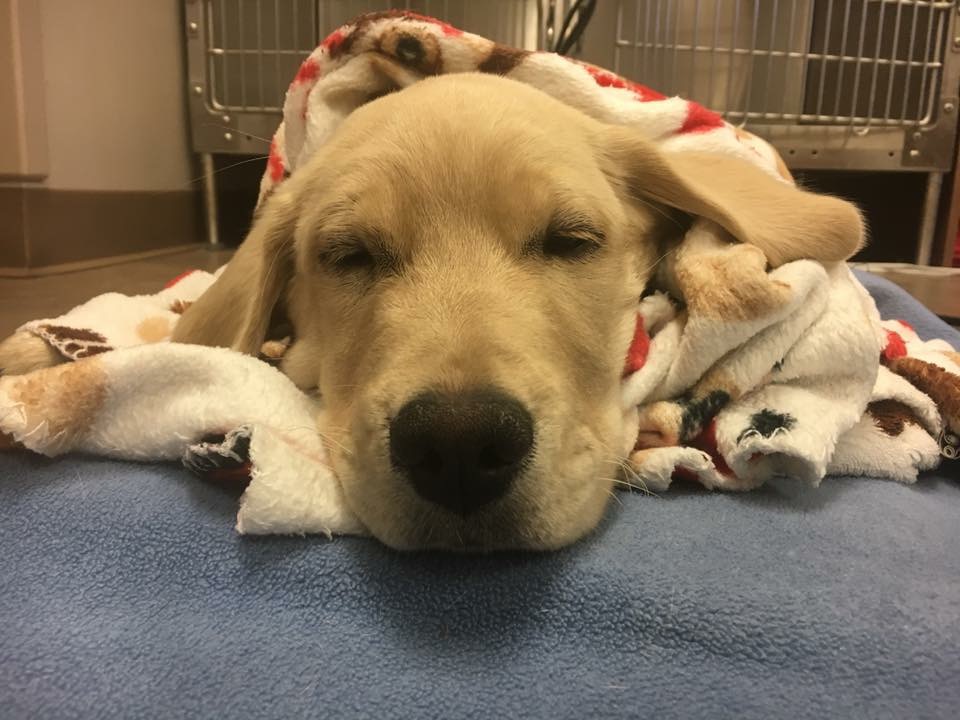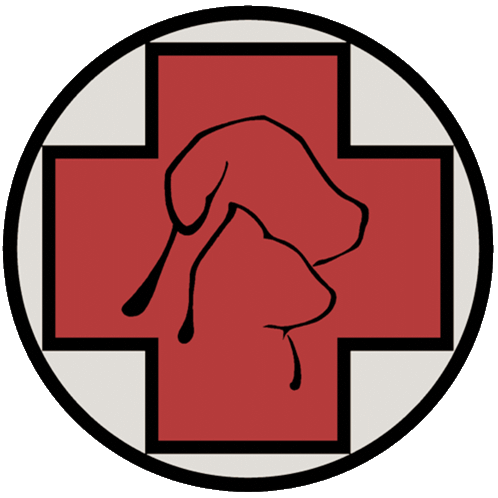Your pet has had a big day. We are humbled and appreciate the opportunity to serve your pets surgical needs.
Below are general instruction for majority of procedures performed. Splints and casts are used to protect wounds for healing and to stabilize bone fractures holding them in proper position for healing. Proper care of splints is your responsibility. There will be additional charges for re-application for problems that arise beyond our control.
Major complications can occur if splints and bandages are not monitored and cared for properly. Those complications can result in loss of toes, or even a whole limb. So it is imperative that you watch your pet and recheck with us as we have instructed. At any time there is a concern you should contact us.
Successful healing using splints and bandages depends greatly on proper home care.
FACTS YOU SHOULD KNOW:
- Each pet is unique and how they respond and recover from anesthesia varies. In general we have dismissed your pet only after they are able to stand and walk out of the practice.
- Your pet will need to rest the night after surgery, so please watch them closely, but also give them their space so they can sleep and recover. It is normal for your pet to remain a little drowsy after going home.
- Young and active pets may come home and be very active and be their normal self. Please do your best to not encourage activity with no play, long walks, or other exercise.
- It may be 24-72 hours before your pet is back to their normal.
- Pets will often chew and lick and stitches, so if needed make sure your pet has an e-collar available in case you need it.
- Do NOT give Aspirin or Tylenol. These can cause excessive bleeding or be toxic to your pet. An additional safe and effective pain injection can be given at the time of discharge if the pet appears to be uncomfortable.
- Be sure to keep the pet WARM & DRY as they recover.
Diet
- Give only small amounts water at frequent intervals tonight. You can offer a few laps every 15‑30 minutes for the first 3-4 hours after you get home. Do NOT let your pet drink a large quantity at one time—or vomiting may occur. If no vomiting occurs by bedtime, leave water available to the pet during the night.
- In general do not feed your pet any food until the morning after surgery. Anesthesia and abdominal surgery may cause nausea and vomiting if the pet is fed directly after surgery.
- Regular diet morning after surgery.
You may feed you pet a small meal after 8 pm if the following apply:
- Your pet has had normal activity level.
- If they have had no vomiting since coming home.
- They are acting starved and just will not wait till morning.
Activity
- Restrict jumping as much as possible until the sutures are removed.
- Please restrain your pet when leaving the clinic by using either a leash or a pet carrier, to prevent them from getting hurt or escaping.
- Drowsiness may be noted today and tomorrow.
- Medications administered following surgery may cause them to be sleepy. Keep your pet in a protected environment so that she stays warm and does not get hurt.
- Your pet can go back to her regular activity, within reason, tomorrow, if they are acting normal.
Incision Care
- Watch any incisions for swelling, redness, or drainage. Apply nothing to the incision without our knowledge.
- Mild amount of bruising can be expected and is normal.
- Occasional dripping of blood or a blood tinged fluid is normal for first 24-48 hrs, but if it seems excessive please contact us.
- Prevent excessive licking, and keep her in an environment that will keep incisions clean.
- Return in 10 DAYS for suture removal. There is no charge unless sedation is required.
Medications
- Give the pain medication prescribed as directed on the label.
- Give any antibiotics prescribed as directed on the label.
- Apply topical medication as directed.
- Use other medications prescribed as directed on the label.
Care of Splints and Bandages
- Keep the splint clean and dry.
- To prevent the splint or bandage from getting wet place a plastic bag over the splint when the pet must go outside. Do not allow the plastic bag to remain on the splint for long periods of time. The splint must “breathe” to prevent skin problems
- Notify the clinic and obtain a restraint collar if the pet excessively licks or chews at the splint.ms under the splint.
- Report any loosening of the splint to the clinic.
- Do not attempt to repair the splint without our permission.
- Do not allow to go outside unattended.
- Watch the skin for “sores” from the splint rubbing the skin
Other General Instructions
- Purchase an Elizabethan collar if your pet licks the sutures excessively. If after hours, they can be found at the pet stores as well.
- Many pets will not have bowel movements for 1 ‑ 3 days after anesthesia. This is normal, provided she is acting normal otherwise.
- It is best you do not give your pet a bath till any sutures are removed. In the event they must be bathed, apply Vaseline or antibiotic ointment to the incisions and shower them. Do not submerge in a bath.
- Our major concern is the comfort and healing of your pet. Please call the clinic at any time you have a question or concern.
Recheck Exam
Return your pet for its free recheck in 10-14 days, or sooner if instructed by our team. At that time we will remove any sutures if need be, and make sure no complications have occurred.
We will need to continue to recheck the splint every week or two depending on your pets condition and temperament. It may be necessary to change the splint several times until one is no longer needed.
Notify the clinic if any of the following occur:
- Vomiting or Diarrhea after 24 hours.
- Refusal to eat after 48 hours.
- Loss of appetite or severe depression.
- Any signs of discomfort or severe pain.
- Unexplained soiling or drainage from the splint.
- Excessive chewing on the splint.
- The splint becomes bent, broken, or loose.
- The splint becomes wet, damaged, or soiled.
- The splint slips down the leg out of the original position.
- Any evidence of significant bleeding from wounds or incision.
- Continuous lick or pulling at any sutures. (Restraint Collar May Be Needed)
- Excessive swelling of any incisions.
- Any incisions comes open.
Contact Us With Any Other Concerns
Please call us with any questions or concerns you may have. Though spays typically are routine major surgeries and rarely have complications every pet is unique and any complications are better treated early, so the sooner you contact us with concerns the sooner we can intervene if needed.
Please feel free to contact us with any concerns or questions at
615-459-0806
or submit the form below
Thank You For Trusting Us With Your Pets Care!



